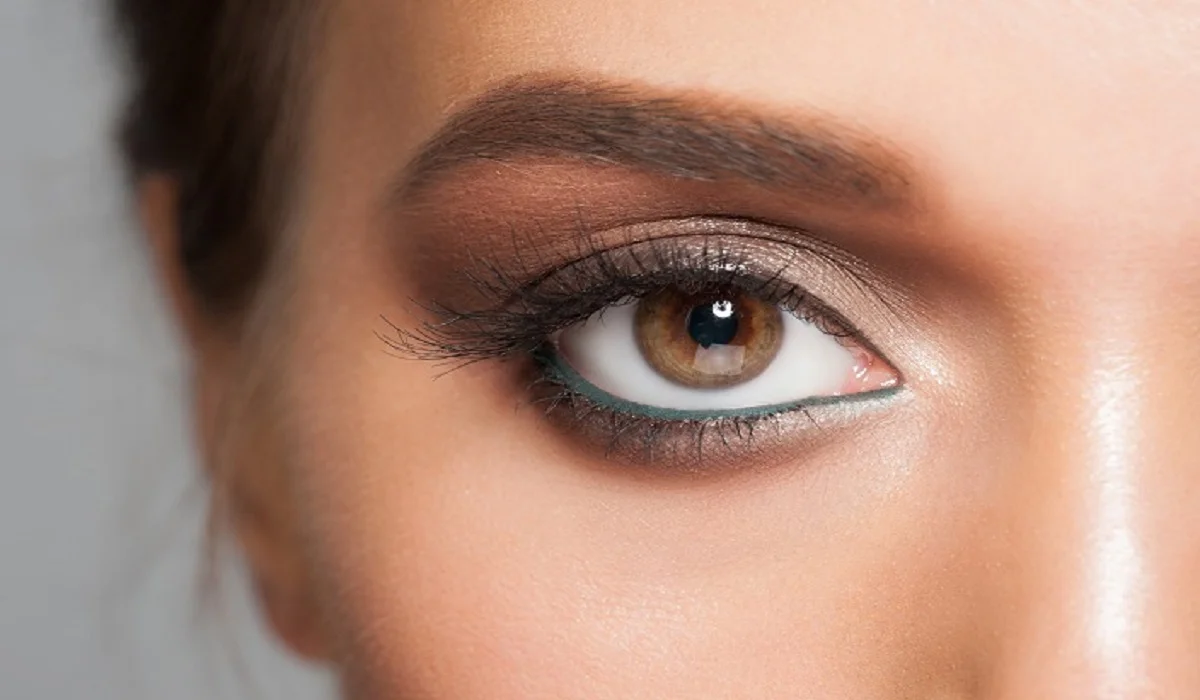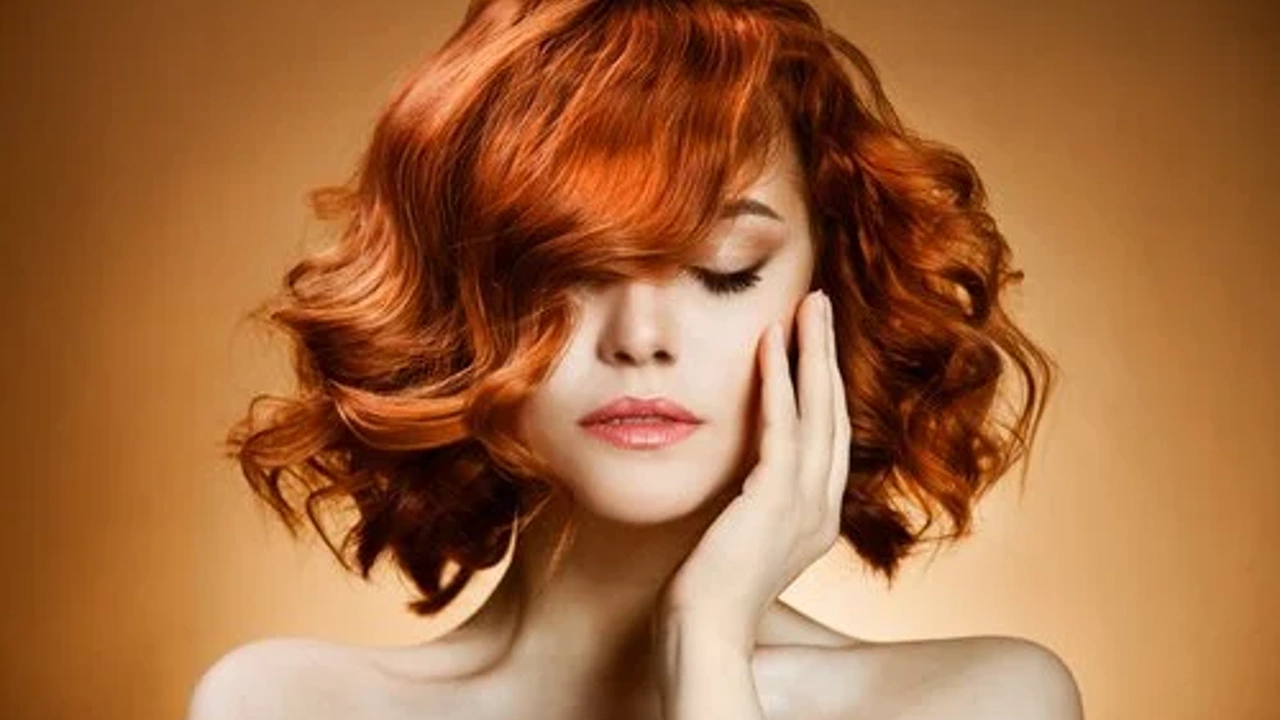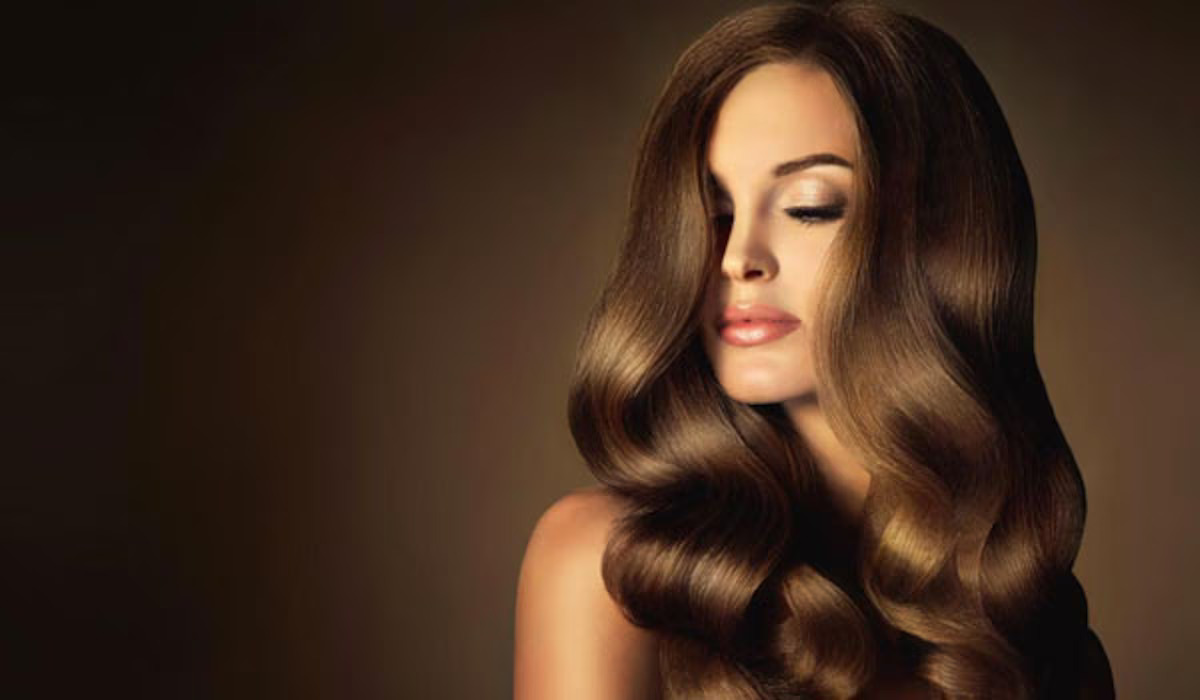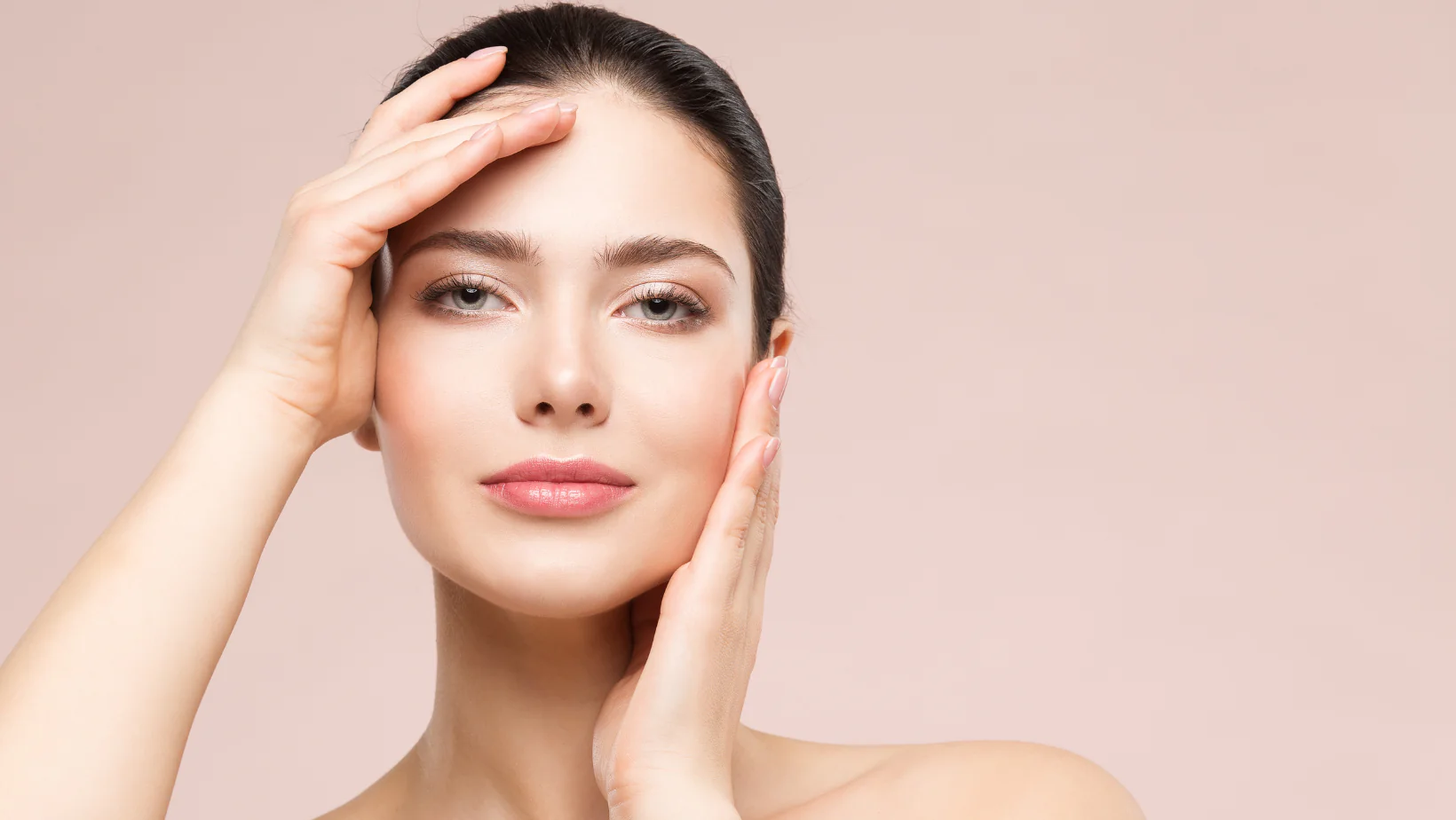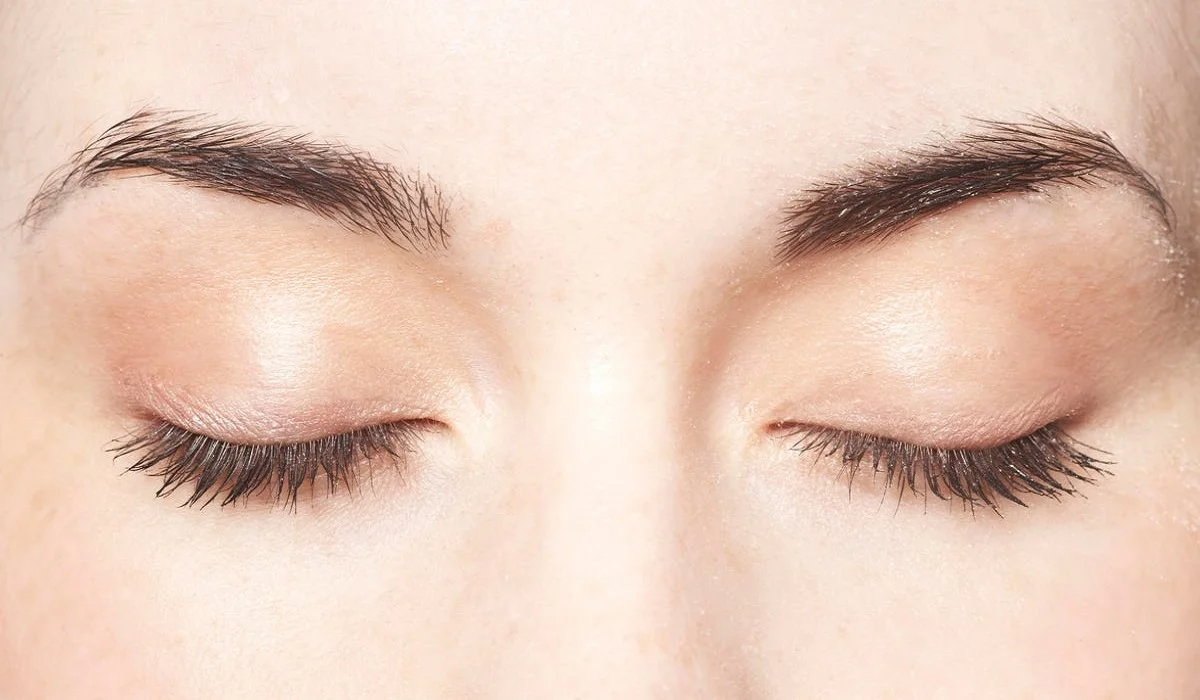
In the realm of beauty and cosmetics, mascara is often regarded as the Holy Grail for achieving voluminous and defined lashes. However, in recent years, a new player has emerged to elevate lash perfection to unprecedented heights: mascara primer. This revolutionary product has garnered attention for its ability to enhance the effects of mascara, creating longer, fuller, and more dramatic lashes. In this article, we will explore the fascinating world of mascara primers, unravel their benefits, and provide insights into how they work their magic. So, get ready to discover the secret weapon for achieving luscious lashes!
Understanding Mascara Primer:
Mascara primer is a product designed to be applied to the lashes before mascara. It acts as a base coat, prepping the lashes for mascara application and maximizing its effects. Typically, mascara primers come in a creamy, often white or light-colored formula, enriched with nourishing ingredients and specialized polymers. These ingredients work in harmony to deliver a range of benefits that enhance the appearance of lashes.
Benefits of Mascara Primer:
Lash Lengthening and Thickening:
Mascara primers contain fibers or microfibers that adhere to the lashes, adding length and thickness. These tiny fibers act as extensions, effectively magnifying the impact of mascara by providing a fuller and more voluminous look. The combination of primer and mascara creates the illusion of longer, fluttery lashes that beautifully frame the eyes.
Improved Mascara Performance:
By applying a mascara primer, you create a smoother surface for mascara application. The primer coats and separates each lash, creating a solid foundation for the mascara to adhere to. As a result, mascara glides on effortlessly, ensuring clump-free and even distribution of the product. The primer also helps to prevent smudging and flaking throughout the day, enhancing the longevity of your mascara wear.
Enhanced Curl Retention:
If you’re looking to achieve a captivating curl that lasts, mascara primer is your secret weapon. The formula of many primers includes curl-enhancing properties that help lift and hold the lashes in place. By using a primer, you can preserve the curl created by an eyelash curler for a more extended period, giving your eyes an open and awakened appearance.
Nourishment and Conditioning:
Many mascara primers are enriched with nourishing ingredients, such as vitamins, peptides, and botanical extracts. These ingredients provide essential nutrients to the lashes, helping to strengthen and condition them over time. Regular use of a mascara primer can contribute to healthier lashes that are less prone to breakage and damage.
Versatility:
One of the remarkable aspects of mascara primers is their versatility. They can be used in combination with any mascara, allowing you to tailor your lash look according to your preferences. Whether you desire a natural, everyday look or a dramatic, high-impact effect, a mascara primer can help you achieve it by amplifying the results of your chosen mascara.
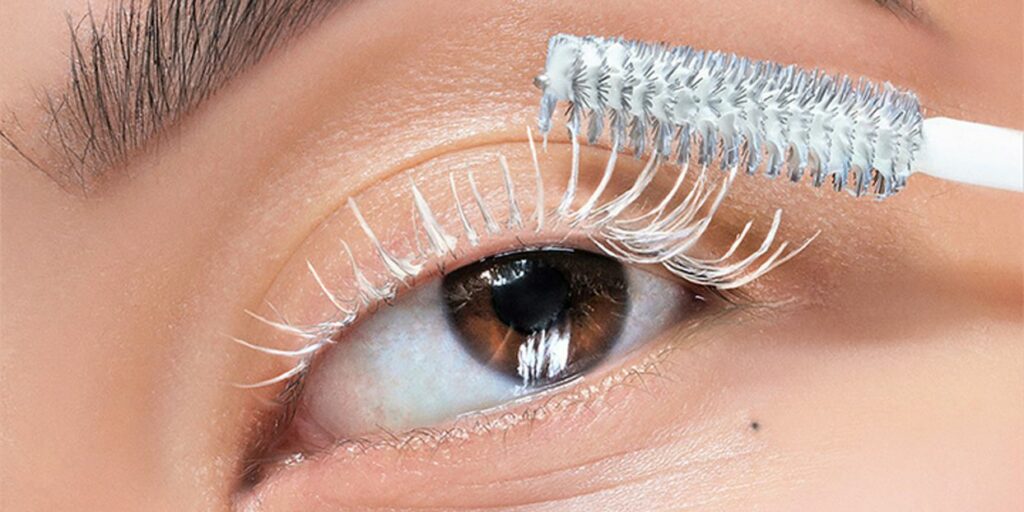
How to Apply Mascara Primer:
Applying mascara primer is a simple process that can make a significant difference in your lash game. Follow these steps to make the most of your mascara primer:
Step 1: Start with clean, dry lashes. Ensure that your lashes are free from any residual makeup or oils to allow the primer to adhere effectively.
Step 2: Open the mascara primer tube and gently remove the wand, wiping off any excess product on the rim of the tube.
Step 3: Starting at the base of your lashes, apply the primer in upward strokes, moving towards the tips. Coat each lash thoroughly to ensure even coverage.
Step 4: Allow the primer to dry for a few seconds before applying your favorite mascara on top. You allow the primer to dry for a few seconds before applying your favorite mascara on top. You can also choose to apply multiple coats of primer for a more intense effect. Just remember to let each coat dry before proceeding to the next layer.
Step 5: After the primer has dried, apply your mascara as you normally would. Start at the base of the lashes and wiggle the wand back and forth as you move towards the tips. This technique helps to separate and coat each lash, ensuring a voluminous and clump-free look.
Step 6: For added drama, you can repeat the process of applying mascara primer followed by mascara. Layering the two products can create a more intense and eye-catching effect.
Tips for Using Mascara Primer:
Choose the Right Primer: Consider your desired outcome when selecting a mascara primer. If you’re aiming for length and thickness, opt for a primer with fibers. If you’re looking for added curl retention, choose a primer with curl-enhancing properties. There are various options available in the market, so finding one that suits your specific needs should not be a challenge.
Don’t Forget the Lower Lashes: While mascara primer is commonly used on the upper lashes, don’t overlook the lower lashes. Applying a thin coat of primer can add definition and volume to your lower lashes, complementing your overall lash look.
Seal the Deal: To ensure the longevity of your mascara and primer, consider using a lash sealer or a clear mascara as a final step. These products can help set the mascara and primer in place, preventing smudging or flaking throughout the day.
Removal: When it’s time to remove your eye makeup, use a gentle eye makeup remover or micellar water to dissolve the mascara and primer. Be sure to cleanse the lashes thoroughly to avoid any residue that could potentially weaken the lashes over time.
Mascara primer has revolutionized the way we approach lash enhancement, providing a multitude of benefits that take our lash game to new heights. By utilizing a mascara primer, you can achieve longer, fuller, and more defined lashes. With its ability to enhance mascara performance, provide nourishment, and prolong curl retention, mascara primer has become an indispensable tool in the makeup routine of lash enthusiasts.
Remember to select a mascara primer that suits your specific needs and follow the application tips for optimal results. So, the next time you’re seeking a stunning lash transformation, don’t forget to incorporate the magic of mascara primer into your beauty arsenal. Elevate your lash game and let your eyes captivate with their mesmerizing allure.


